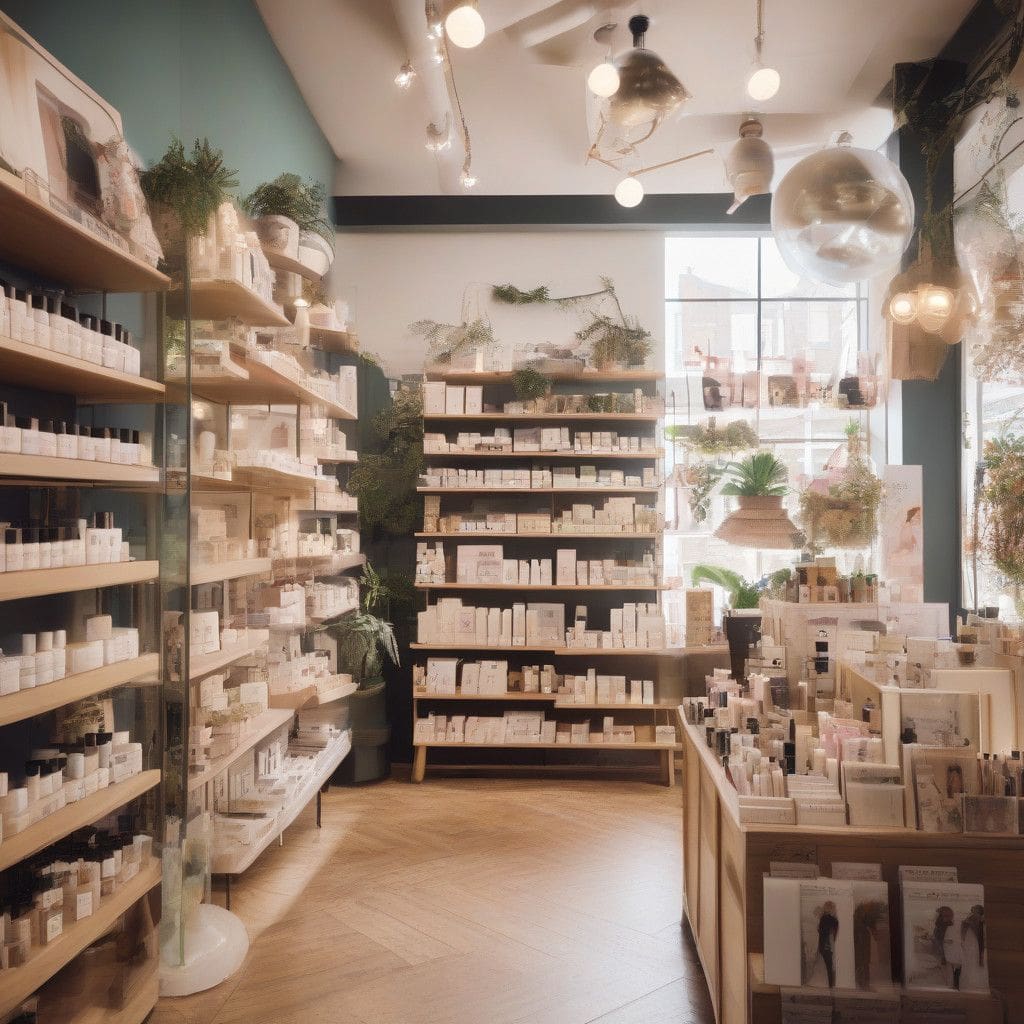Recent headlines highlighting the challenges faced by industry giants like Ulta Beauty and Estée Lauder indicate a deeper malaise affecting the beauty sector. However, independent beauty retailers are feeling the impact even more acutely, confronting a myriad of obstacles as market dynamics shift.
One major player, Credo Beauty, recently laid off 27% of its corporate staff in May 2024. The retailer has reportedly struggled with delayed payments to its brand partners. Similarly, Gwyneth Paltrow’s Goop has had to implement layoffs affecting nearly 24% of its workforce within a span of two months this fall, including the dismissal of its longstanding beauty director. Thirteen Lune, known for promoting BIPOC-owned brands, has also found itself restructuring agreements with larger partners, and Violet Grey was sold back to its founder after Farfetch’s acquisition.
The downward trend in the market has been acknowledged by industry leaders. Annie Jackson, CEO of Credo Beauty, confirmed that, “It’s been widely reported that there has been a pretty consistent decline across beauty, and Credo has not been immune to that.” This troubling development reflects a broader slowdown impacting many independent retailers, whose unique business models inherently come with significant risks.
Indie retailers often serve as incubators for emerging brands, offering an avenue for nascent beauty businesses to gain traction. However, they compete against formidable retail giants like Sephora that possess considerable resources. Moreover, these small firms generally focus on niche markets, such as clean beauty or luxury products that cater to specific customer bases. While this curatorial strategy fosters dedicated consumer loyalty, it can also expose these retailers to market volatility if trends shift away from their specialized offerings.
Recent trends certainly indicate a tough landscape ahead. Nyakio Grieco, co-founder of Thirteen Lune, pointed out the harsh realities faced by indie brands: “From the lens of indie, access to capital has been super tough as brands continue to grow this year. Everyone is feeling those challenges; it’s been a tough market.” Factors like the upcoming election year have led consumers to be more cautious with spending, further contributing to the slowdown.
The Impact of Market Dynamics
The challenges experienced by indie retailers are multifaceted. With consumer demand waning and an uptick in online shopping facilitated by titans like Amazon, smaller brands are squeezed on several fronts. A case in point is Credo Beauty, which reported a year-over-year single-digit decrease in store foot traffic, notably following a significant expansion of physical locations.
Although the rise of e-commerce has allowed some brands to scale rapidly, countless others have either closed down brick-and-mortar operations or transitioned entirely to online platforms. For instance, the UK boutique Space NK shuttered its US stores, and the popular clean beauty retailer CAP Beauty shifted to a solely e-commerce model, a move that has become increasingly common in the industry.
After successfully launching several new retail locations, Credo finds itself grappling with the challenge of managing fast growth while ensuring consistent payment to brands, a concern echoed by many startups in the sector. Delays in payments can disrupt smaller indie labels, especially those without substantial venture capital backing or robust financial reserves. For many founders, this has created palpable anxiety around brand viability and future growth opportunities.
Strategic Partnerships and Adaptations
Despite these pressures, many indie beauty retailers are leveraging strategic partnerships to navigate the tough market landscape. Collaborations with larger retail giants can yield significant growth if managed well. For example, Thirteen Lune has worked alongside JCPenney since 2021, but recent changes in their agreement emerged in response to payment issues faced by smaller brands. Transitioning to a direct purchasing model allows more streamlined payments to brands and reduces the risk of financial mismanagement.
Conversely, partnerships can decline in effectiveness over time, as illustrated by Credo Beauty’s past collaboration with Ulta Beauty. This initiative, while initially promising, was seen as a learning experience that ultimately concluded earlier this year.
The sector’s inherent unpredictability further explains why having a specific niche can become a double-edged sword. Brands pioneering clean beauty products enjoyed significant early traction but have seen their market position eroded as larger competitors like Ulta and Sephora create their own clean beauty categories with similar offerings. The once-clear distinctions of brands like Credo and Goop are blurred as the concept of ‘clean’ becomes more ubiquitous.
Adjusting Business Strategies
To adapt to changing consumer realities, some indie beauty retailers are shifting their focus toward experience-driven retail and enhancing in-store services. Credo Beauty has remodeled its locations, reinstating services such as mini facials and curated beauty discussions previously halted due to the pandemic. This reinstatement not only enriches the customer experience but also creates additional revenue channels.
Thirteen Lune, meanwhile, is exploring licensing deals, including collaborations with airlines for in-flight amenity kits, which not only extend brand visibility but help mitigate risk through diversified revenue streams.
Positive Indicators Amid Challenges
While the landscape appears daunting, there are signs of recovery. Credo’s Jackson reported double-digit increases in store traffic compared to the previous year, likely aided by the upcoming holiday season. Similarly, Goop has experienced a 21% year-over-year revenue increase.
These indicators suggest that even in a challenging environment, there lies potential for revitalization as holiday spending peaks. Jackson remains hopeful: “People are starting to turn the ship around. I am very optimistic about next year.”
As independent beauty retailers confront the dual challenges of evolving consumer preferences and increased competition from larger brands, their ability to adapt and innovate will be crucial in shaping their futures. By focusing on niche offerings, strategic partnerships, and enhanced customer experiences, indie players may not only survive but thrive in the unfolding beauty landscape.












